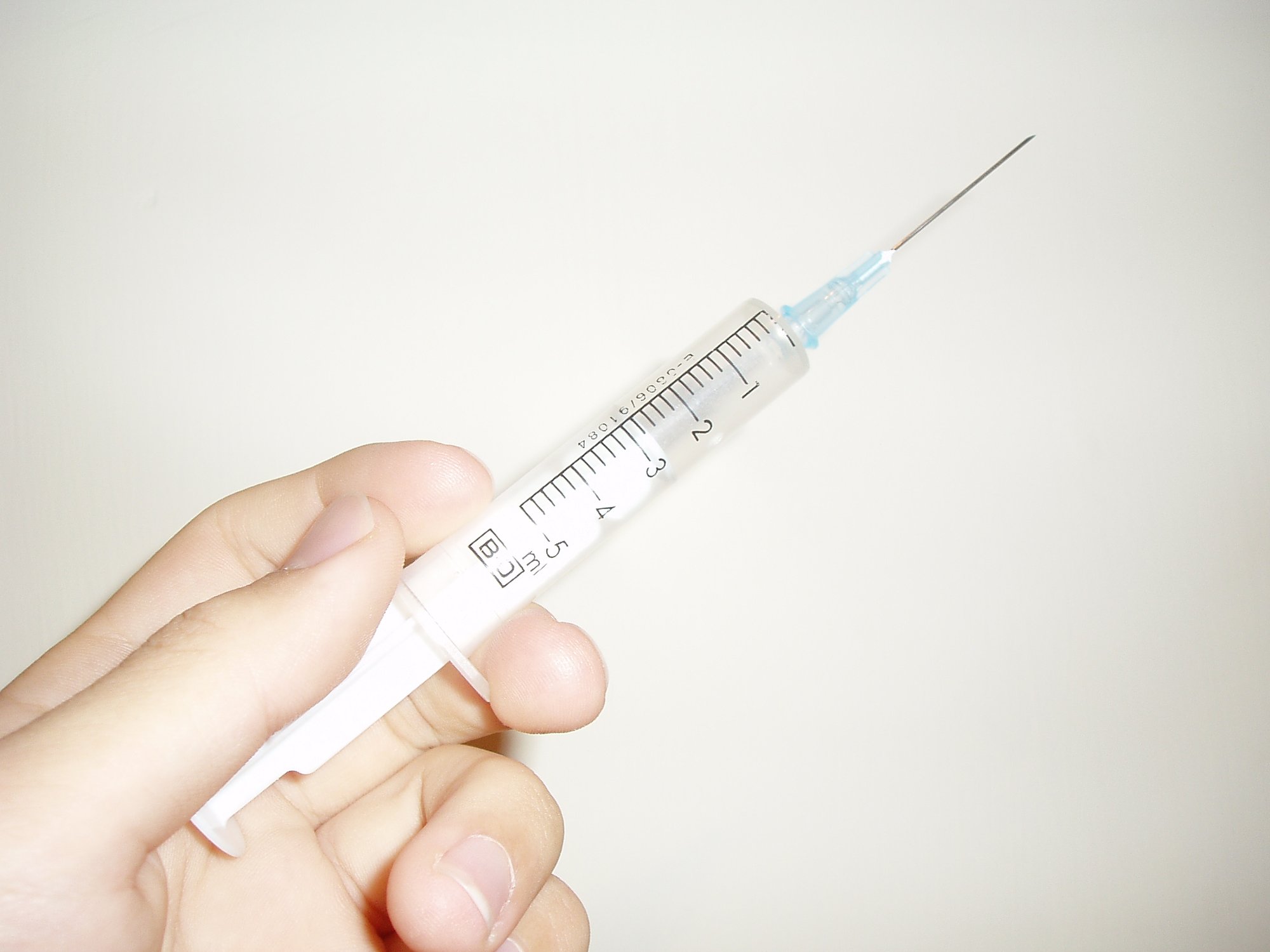A significant rationale for bypassing receiving facial fillers is the worry that the needles used to insert the medication will be too extreme. That’s where microcannula comes in.
To have shot procedures less severe, physicians have formulated a method that takes the difficulties out of facial filler procedures.
The microcannula method allows various benefits as opposed to an injection utilizing a conventional hypodermic syringe. Here’s what you should know about this superior injection technique for cosmetic procedures:

Microcannula: What is it exactly?
Essentially, microcannula is an upgraded variant of the conventional hypodermic syringes utilized to apply needle treatments.
Rather than having a sharpened point like the needle, this process uses an unsharpened, dull top that makes your shot treatment much more effortless. It’s also adjustable, allowing it to go more efficiently than a conventional needle.
Generally shortened to “cannula,” a microcannula is a vaulted pipe with a dull, manageable point. The novel form of this apparatus enables it to accurately implant liquid or fat into the layers of the skin while reducing harm to the muscle.
Opposed to injection with a sharpened point, the application of a microcannula to insert fillers comes with a reduced danger of swelling, skin blemish, and blood vessel perforation.
In turn, it is acknowledged to be a more regulated, less extreme alternative for clients undergoing corrective shots.
Cannulas: The Multiple Variations
The cannula is a vital bit of device that no medicinal or cosmetic center should ever go without.
Any specialist should always be accustomed to the diverse standards of cannulas ready for application should the need for them occur because their utility can often decide how triumphant or satisfied their client is throughout their procedure.
More than their adaptability with pharmaceutical and cosmetic treatments, cannulas can also support (and serve as a substitute) conventional needle shots.
So what are the multiple variations of cannulas and their advantages? There are three regularly used cannula alternatives in medicine and cosmetics: the IV cannula, the nasal cannula, and the dull-tip medicinal microcannula.

A center that extends therapeutic and corrective assistance should constantly possess all three of these cannula alternatives and be personally educated about the most beneficial circumstances to utilize them.
1) IV CANNULA
The most used cannula in pharmaceutical environments is the venous cannula. Using a surface IV cannula, physicians and attendants can inject IV solution, medicine, and other mixtures straight into the blood via the nerve, rather than expecting the patient to ingest them by mouth.
While the introduction of the IV cannula is a moderately standard procedure, the shot itself does not come without the uncertainty of difficulty.
Difficulties with the tubing, the mixture, the IV line, and even mistakes in the cannulation section can transpire with the injection of distinctive IV cannulae, so specialists must be highly skilled in their utilization and deployment before practicing one.
2) ORAL-NASAL CANNULA
It is ordinarily entered into the noses and mouth alternately of the vein and usually is longer than an arterial cannula.
The effectiveness of a nasal cannula isn’t regulated in the liquid discharge rate but rather the rate at which it can give supplemental oxygen and other air-based medicine into the client’s body.
For specific medical procedures, the oral-nasal cannula is significant for assisting the patient in taking oxygen straight to their lungs cautiously and effectively.
As a central element of tracheostomy tubing, specialists should be conscientious about using the appropriate cannula dimension to let the most oxygen in without jeopardizing the patient’s well-being.
3) MICROCANNULA
The dull-tip microcannula has instantly surfaced as an option for conventional hypodermic syringe treatments, particularly for procedures like facial filler shots.
Unlike other cannulas, the microcannula resembles a needle injection device that can puncture the surface via a particular incision spot rather than perforating its way through the dermal folds like a sharpened point needle.
The notable edge of the microcannula over the conventional hypodermic syringe is that the client senses less overall ordeal with the microcannula technique. Therefore, it results in a reduced probability of acquiring complexity from the cosmetic treatment.
As patients explore more non-surgical modes of aesthetic enhancements, the use of the dull-tip cannula is quickly becoming a staple for many cosmetic and medical practices alike.
In Conclusion
Cosmetic professionals and doctors should always take the proper precautions before injecting any of these cannulas into their clients, as complexities from inappropriate cannula use can range from moderately debilitating to severe.
If feasible, confer with the cannula entrepreneurs for guidance on their best service and guarantee that there are systems in place to help the clients if the insertion goes awry.

